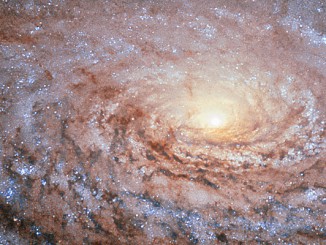
Catch sight of a celestial owl flying overhead in the spring sky
Owls may be scarce near your favourite viewing spot, but the Northern Hemisphere spring sky contains one celestial owl that you can track down in small telescopes – Messier 97 (NGC 3587). Commonly called the Owl Nebula, M97 is a planetary nebula discovered by Pierre Méchain in 1781 that is currently ideally placed for observation almost overhead at nightfall in the constellation of Ursa Major, the Great Bear.


